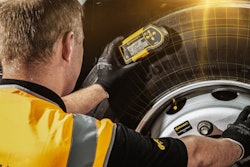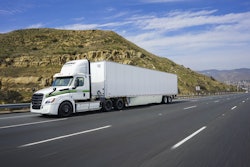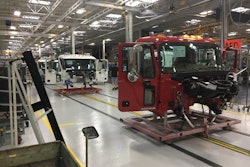If you are operating a fleet, you probably are aware there are hundreds of variables to consider in developing a tire cost per mile (CPM) comparison. I have surveyed fleets and owners trying to nail down an accurate algorithm to benchmark tire costs and have learned that unless you’re comparing the same vehicle with the same loads, mileage, and operation, the analysis will be skewed. Small operational variances can have a major impact on the results.
One benchmark that people commonly refer to is the American Transportation Research Institute’s An Analysis of the Operational Cost of Trucking. This analysis is updated every year, and the 2019 Update covered 126,000 trucks and tractors and 461,000 trailers. The analysis reported an average a 3.8 CPM tire cost for the last two years.
While you might think that is a good number for you to use to compare your own tire CPM, consider this: The survey was conducted on a diverse group of vehicles, applications, mileages, ages, etc., and the data was then averaged. The results are based on small and large fleets, local, regional, and line haul (city versus highway driving), various industry segments (food wholesale, fuel hauler, furniture delivery), some retail and some commercial pricing, some in-house tire work and some third party, and some trucks with original tires versus others with retreads.
The average fleet age for trucks in the survey was 8.5 years, tractors 4.4 years, and trailers about 8.5 years.
Unless your fleet looks exactly like the composite of the fleets used in the analysis, chances are your CPM may not match. I am not saying the ATRI is not a good benchmark but given the number of variables in the analysis, how can fleets compare their tire costs to the benchmarked average? The challenge is whether you can break the data down to make a cost comparison to your specific fleet. That is much more difficult than it may seem.
On top of all that variability, when fleets attempt to benchmark, or even capture their tire CPM, they often overlook two important factors: The cost of the original set of tires and the value of tires required for the second buyer of the truck.
Let’s look at the cost of the original tires. Many fleets do not include the original set of tires in their cost analysis. Not only is the value of the first set of tires important, the percent of a vehicle’s life that set represents can greatly impact the comparison to the benchmark.










